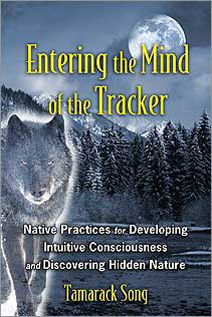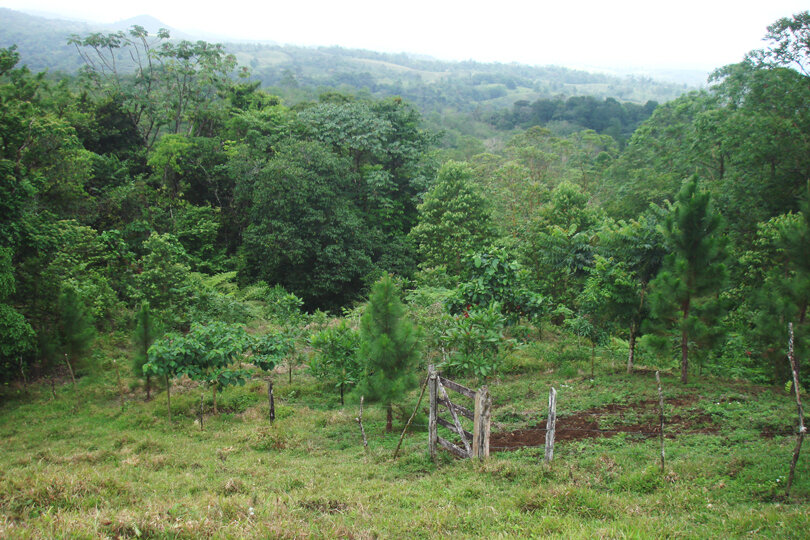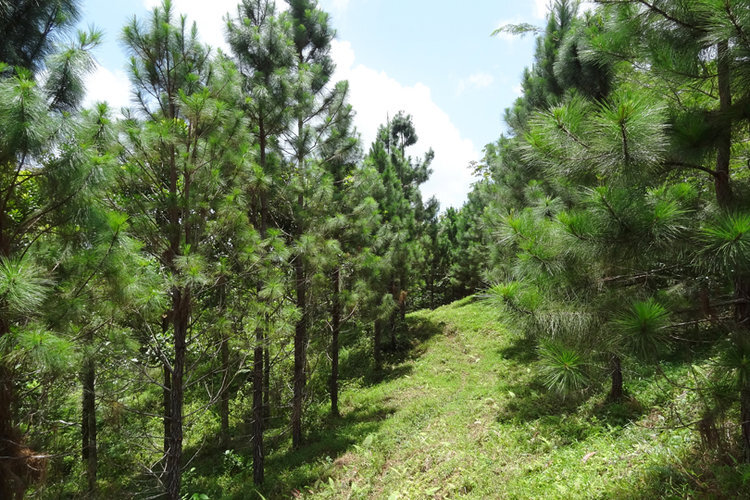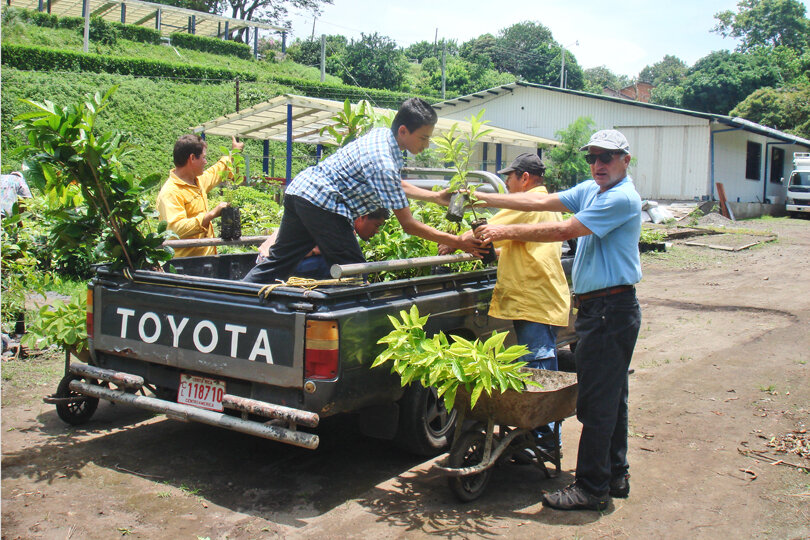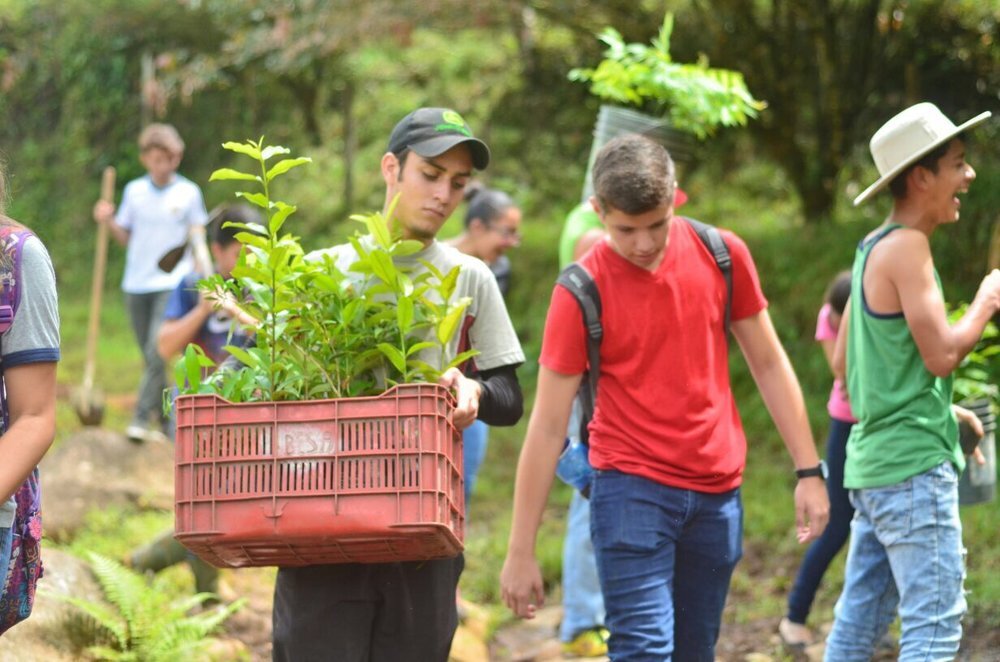Carbon Farming and Carbon Sequestration
Many people have heard of carbon sequestration, the process of removing excess carbon from the atmosphere to counteract global warming, usually accomplished by planting trees to absorb carbon from the air.
Hacienda Rio Coté is proud to be advancing this movement through our use of cutting-edge carbon-farming techniques with the grazing animals in our pastureland.
Carbon farming seeks to move groups of grazing animals frequently—the way wild herds move to avoid predators—so grasses are not grazed beyond the point of natural recovery and plant cover remains to fertilize the land and sequester carbon. The science behind the process is this: The grass takes in carbon from the atmosphere; the animals trample the grass into the soil, where the carbon is absorbed; new grass sprouts; and the process is repeated, with the grass absorbing more carbon each time. And with each cycle, the layer of top soil increases in depth far faster than occurs naturally. In nature it takes at least a thousand years to build one inch of soil. Average soil gains with carbon farming are around 1 to 2 inches per year. Abe Collins, a pioneer of the carbon-farming movement and co-founder of Carbon Farmers of America, has documented 8 inches of soil depth gain in a single season using these techniques!
Coincidentally, Collins grew up in Rochester, Vermont, where the head offices of HRC’s sponsor, Inner Traditions, are located. In fact, Abe’s father was the building contractor who did the initial renovations on the Inner Traditions office building in the 1980s. We do, indeed, live on a very small planet!










